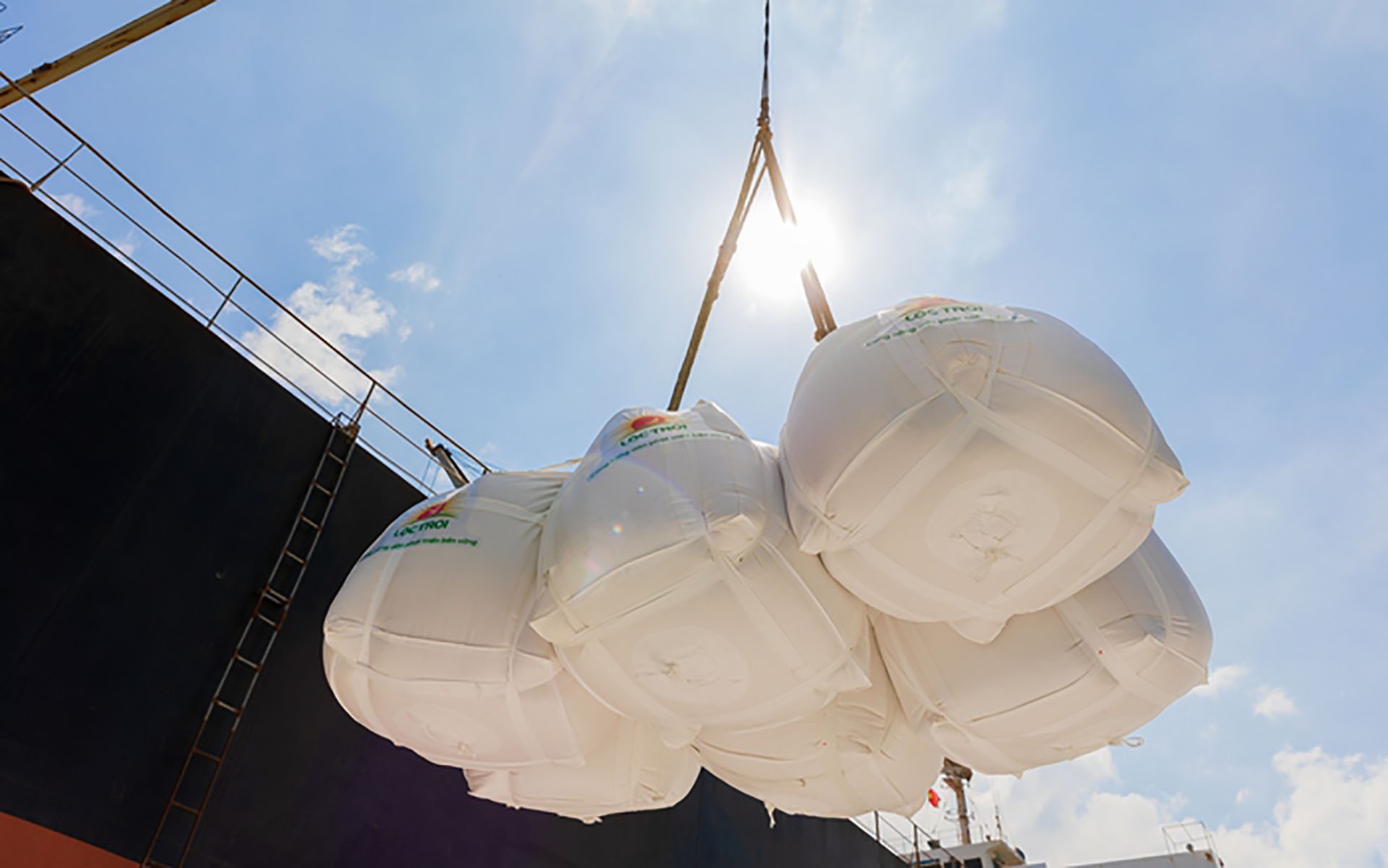 |
| In the first seven months of 2023, rice exports reached more than 4.83 million tons, worth 2.58 billion USD, up 18.7% in volume and 29.6% in value over the same period last year, according to the General Statistics Office. (Source: VNA) |
From Indian rice to Australian wheat, climate change is affecting yields, adding to food shortages and soaring prices caused by the Russia-Ukraine military conflict.
Global markets have been in turmoil for weeks after India, the world’s leading rice exporter, imposed an official ban on rice exports. Several other countries have also restricted exports, while others are looking to increase imports to ensure food security. As a result, rice prices on global markets have been rising. In Asia, prices have reached a 15-year high. In India, rice prices have increased by more than 30% since October last year.
Could the new normal be one of climate shocks, conflict and competition over natural resources, further exacerbating food inflation and damaging global agricultural production?
Rice shortage imminent
In late July, India announced a temporary ban on white rice exports to control soaring domestic inflation and ensure domestic supplies. New Delhi said it was forced to take action because international prices were too high. Coming on the heels of Russia’s withdrawal from the Black Sea Grains Initiative, India’s export restrictions risked triggering a broader food crisis, leading to soaring prices and increased hunger.
With elections looming in India, this export ban, like in several other countries, seems unlikely to be lifted in the short term.
The Lowy Institute for Economic Research website assesses that fears of rice shortages are growing across Asia - a region that produces and consumes 90% of the world's rice. The reasons are a significant reduction in rice production, high international prices and limited global fertilizer supplies.
Meanwhile, partly due to the impact of El Nino, the rice supply of the world's leading exporting countries such as Thailand (accounting for 15% of global rice exports) and Vietnam (14%) is unlikely to fill the gap left by Indian rice.
Many other countries are said to be “following” India and the United Arab Emirates (UAE) in restricting rice exports. Although some major rice suppliers are currently boosting exports, some opinions say that it is impossible to rule out the possibility that other countries, such as those in Southeast Asia, may decide to restrict rice exports to deal with domestic hoarding.
Other rice producers in Asia have faced extreme weather events recently. Drought in one country (Bangladesh, Thailand), but floods and heavy rains in another (China), in addition, the El Nino situation is unclear at the moment, but is forecast to be very severe in the 2023-2024 crop year.
The “climate shocks” have governments worried. The Philippine president’s office has issued recommendations to prepare for El Nino. Indonesian President Joko Widodo has warned of a prolonged dry season ahead of next year’s elections.
Thailand fears El Nino could last until 2025, causing more than 40 billion baht in damage to its agriculture sector, and farmers have been asked to plant only one rice crop to conserve water. Meanwhile, several key regions in China, the world’s largest rice producer, have been hit by heavy rains.
Golden opportunity for big manufacturers?
To avoid a repeat of the 2007-2008 food price crisis and to address concerns about shortages and inflation, governments of countries that consume a lot of rice are rushing to buy and increase reserves.
China is working to increase its national reserves. Indonesia plans to import rice from Cambodia and Myanmar to support its government’s rice reserves…
Meanwhile, a widespread decline in agricultural production – including rice production – would have a domino effect, causing supply constraints on global markets. This, combined with increased demand for stocks, could lead to future buying competition from importing countries and push food prices even higher across Asia and beyond.
In an increasingly complex geopolitical environment, where food security is part of national security, such situations will exacerbate competition over food supplies and, more dangerously, could escalate political and socio-economic tensions and spread across the region.
Amid the “headache” of many governments sourcing rice, countries like Australia – an agricultural powerhouse and global breadbasket – may find an opportunity to step up engagement and increase exports at the right time.
Vietnam is considered one of the major suppliers that can take advantage of the "golden" opportunity to boost rice exports to the world, when both demand and export prices increase every day.
The Vietnam Food Association informed that rice exports are favorable, especially in the last months of the year because major markets such as China, the Philippines, Malaysia, etc. are still buying strongly. Meanwhile, consumers in demanding markets such as Europe, South Korea, Australia and some newly opened markets in the Middle East are favoring high-quality rice from Vietnam, creating opportunities to increase rice exports.
According to the July 2023 report of the United States Department of Agriculture (USDA), world rice production in 2023/2024 is forecast to reach 520.8 million tons, an increase of 8 million tons over the same period last year. Total global consumption is expected to reach a record 523.9 million tons, exceeding the expected rice output by 3.1 million tons. Along with the lowest ending stock level since the 2017/2018 crop year, it shows that supply and demand are skewed, because when the demand for rice reserves increases, supply, as well as stock from previous crops, is decreasing.
This clearly creates an opportunity for Vietnam's rice exports, because according to the Ministry of Agriculture and Rural Development, in 2023, Vietnam can still have enough supply to export about 7.5-8 million tons of rice, of which high-quality rice accounts for a large proportion. The average export price of rice in the first six months is estimated at more than 540 USD/ton, an increase of more than 10% over the same period in 2022 and the highest level in the past decade.
However, whether or not we can seize this opportunity depends not only on weather and climate change factors, but also on investment in agriculture in the coming time.
Source



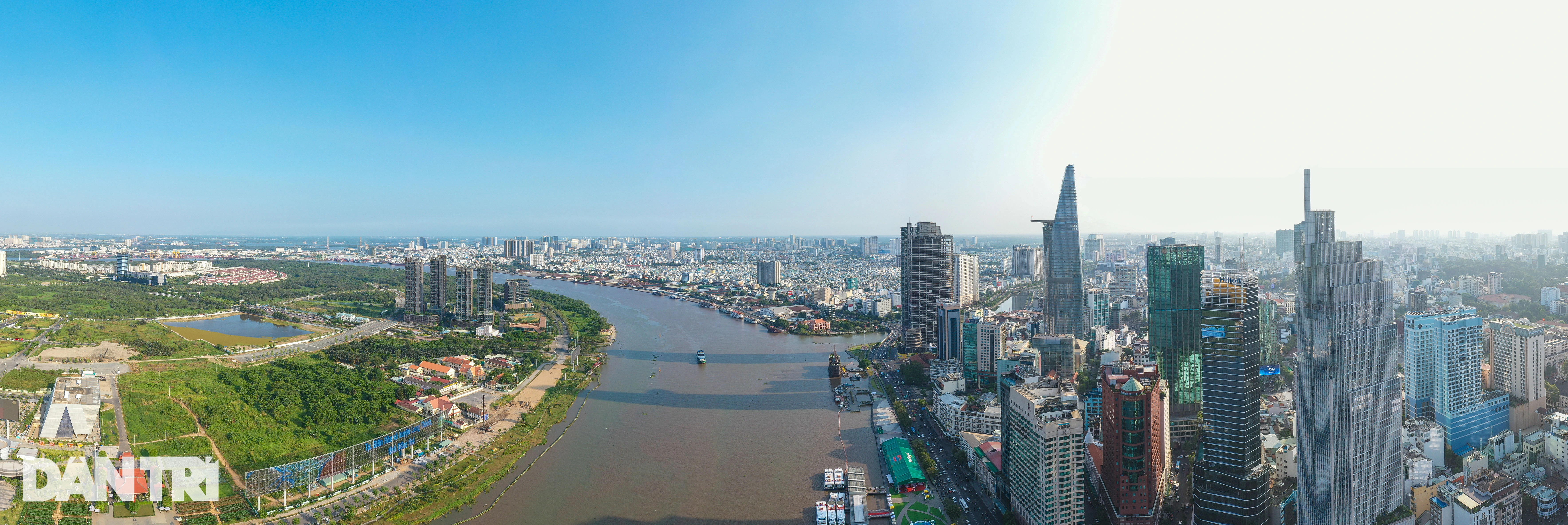

![[Photo] Prime Minister Pham Minh Chinh and Brazilian President Luiz Inácio Lula da Silva attend the Vietnam-Brazil Economic Forum](https://vstatic.vietnam.vn/vietnam/resource/IMAGE/2025/3/29/f3fd11b0421949878011a8f5da318635)






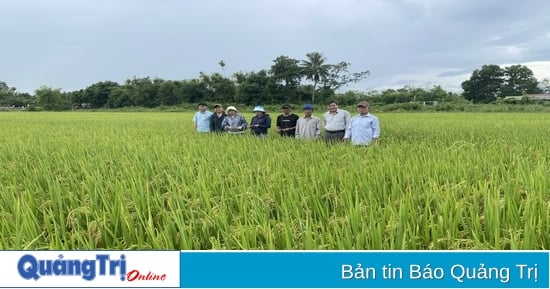




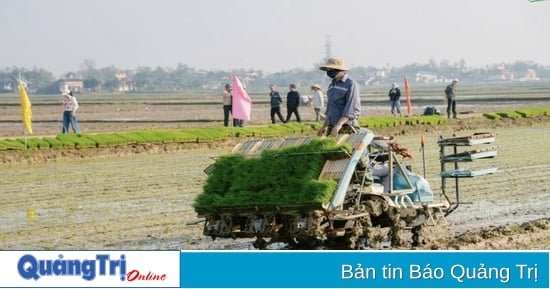




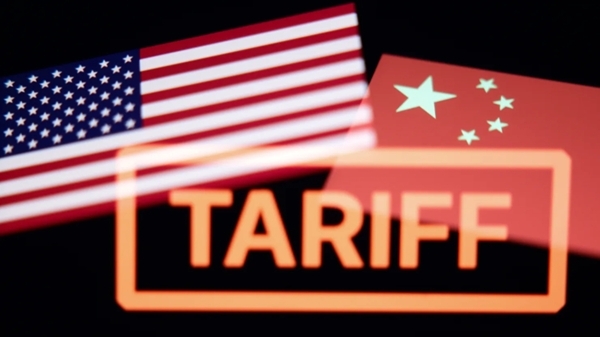








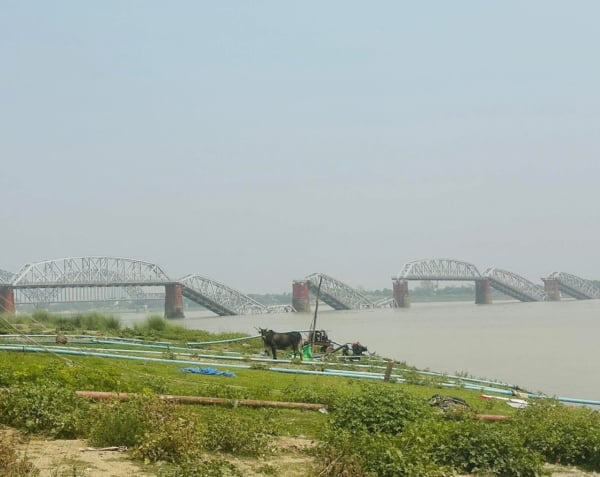

![[Photo] Brazilian President visits Vietnam Military History Museum](https://vstatic.vietnam.vn/vietnam/resource/IMAGE/2025/3/29/723eb19195014084bcdfa365be166928)
















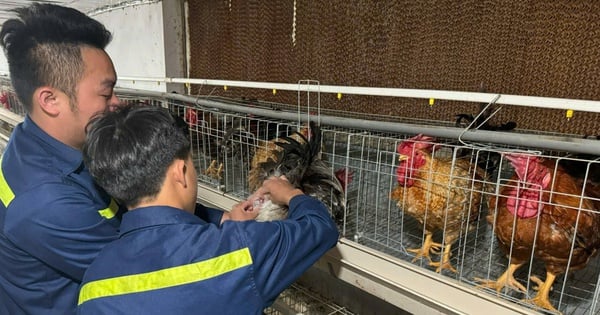

























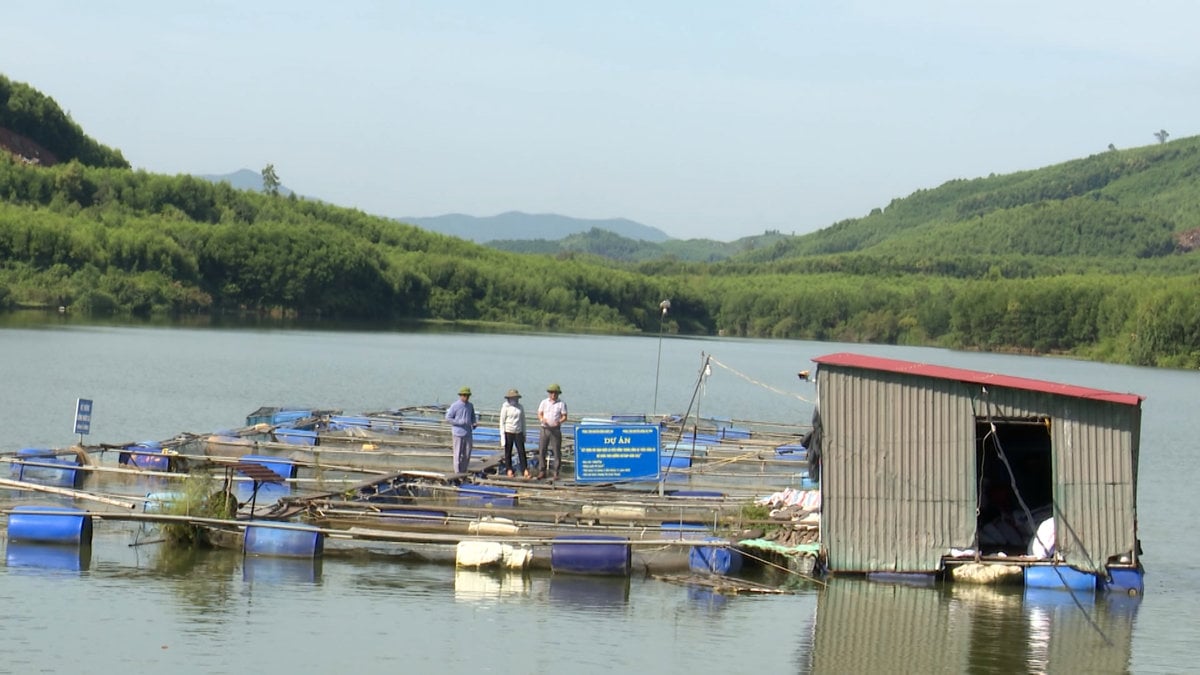







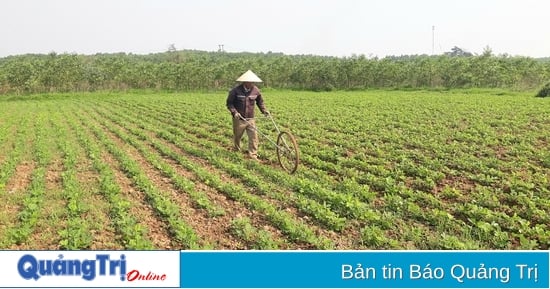
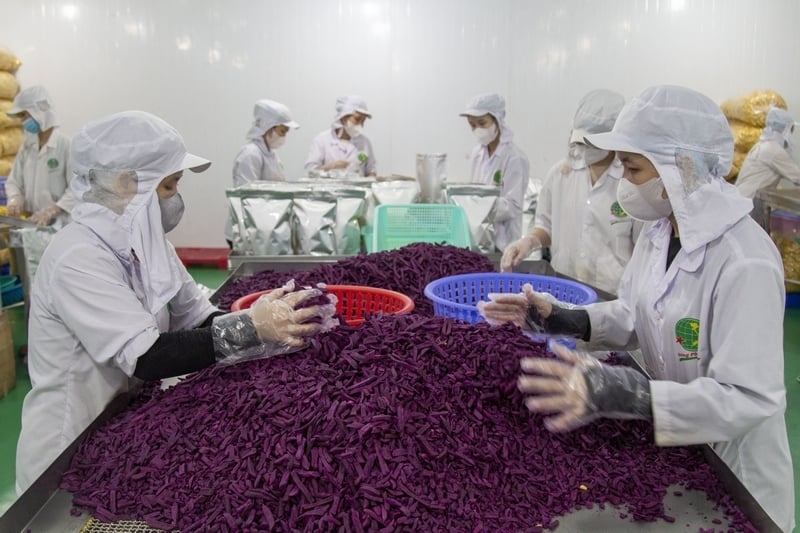
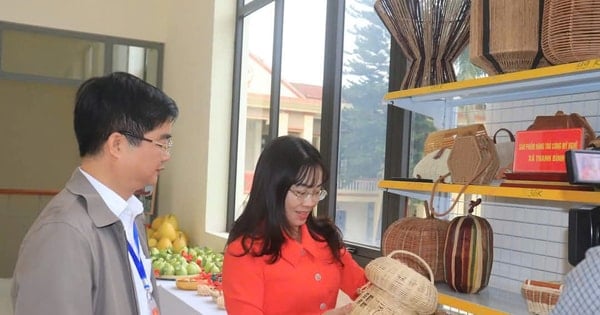

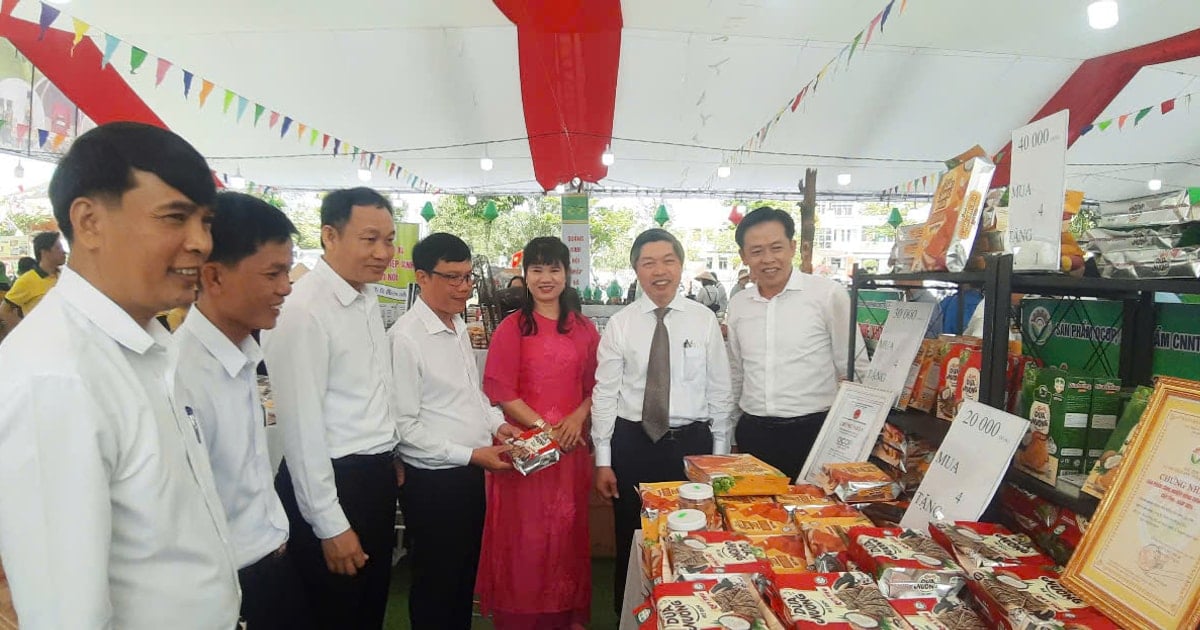




Comment (0)